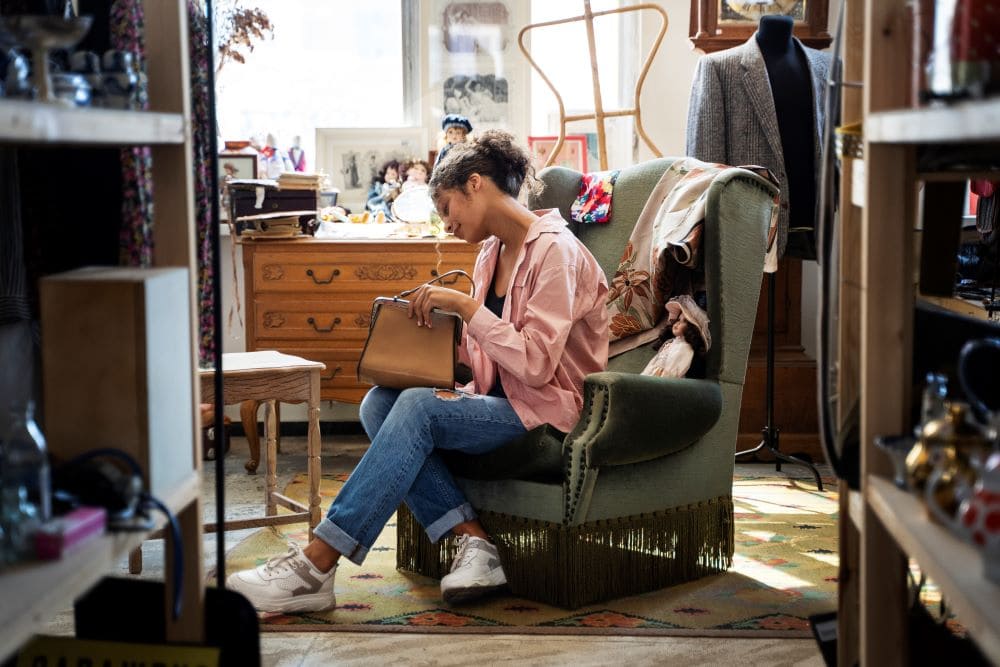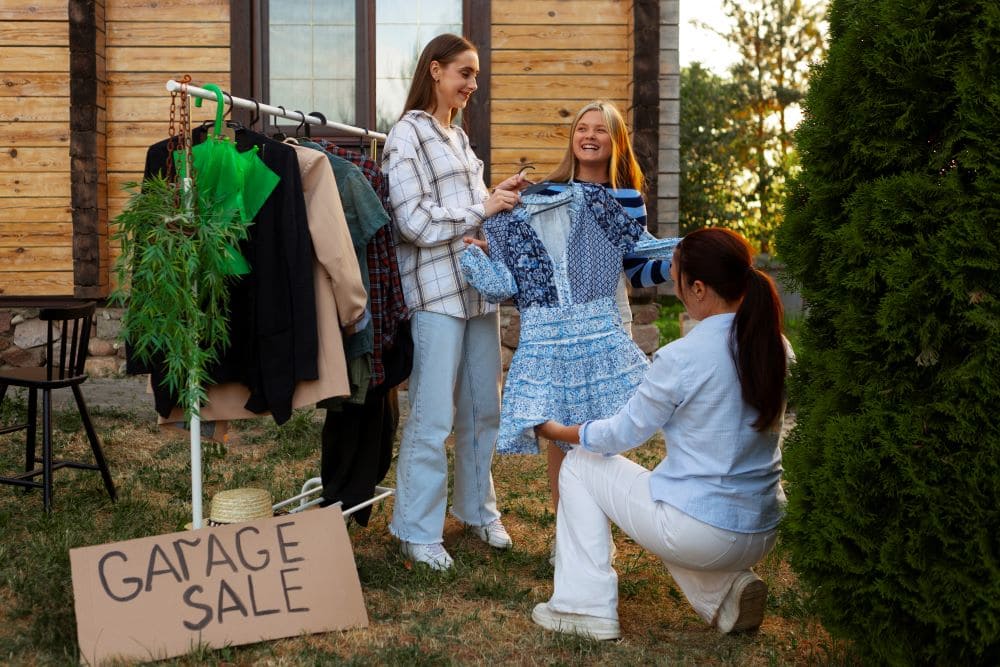
Selling your secondhand items is a great way to make extra money and reduce clutter sustainably. Here’s a guide to help you effectively sell your pre-owned goods, whether it’s clothing, electronics, or household items:
1. Choose the Right Platform
- Clothing: Apps like Depop, SecondHand.Club, Poshmark, ThredUp, and eBay are excellent for fashion items. Each has unique audiences, so consider the style of clothing you’re selling. For luxury brands, try The RealReal or Vestiaire Collective.
- Electronics: Websites like Swappa, Decluttr, and Gazelle specialize in electronics and tech.
- Furniture and Household Items: For larger items, Facebook Marketplace, Craigslist, and OfferUp work well as they target local buyers.
- General Items: Platforms like eBay, Mercari, and Facebook Marketplace are suitable for a wide range of secondhand goods.
2. Prepare and Clean Your Items
- Clean Thoroughly: Wash and iron clothing, polish shoes, and clean electronics to ensure they’re in the best possible condition. For furniture, remove stains and consider small repairs if it adds to the value.
- Repair if Necessary: Minor repairs, like replacing missing buttons or tightening loose screws, can significantly increase the sale price.
- Presentation Matters: Neat, well-presented items look more appealing and help justify a higher price.
3. Take High-Quality Photos
- Good Lighting: Take photos in natural daylight if possible to show accurate colors and details.
- Multiple Angles: Show your item from various angles, highlighting any unique features, tags, or labels.
- Show Any Wear: If there are any flaws, include close-up photos. Buyers appreciate transparency and are more likely to trust you if they know exactly what they’re getting.
4. Write a Detailed, Honest Description
- Title: Use clear, specific keywords, including the brand, item type, size, and condition. For example, “Levi’s High-Waisted Jeans, Size 28, Excellent Condition.”
- Description: Include important details like measurements, material, color, and any known flaws. If the item is vintage or has unique features, describe them to add value.
- Honesty is Key: Accurately describing the condition builds trust and reduces the chances of returns or dissatisfied buyers.
5. Set a Competitive Price
- Research Similar Listings: Check the prices of similar items to see what they typically sell for. Look at sold listings if available for a realistic benchmark.
- Consider Condition: For lightly used or nearly new items, price closer to the original retail price. For heavily used or damaged items, expect a lower price.
- Be Open to Negotiation: Some platforms allow buyers to make offers, so consider setting your price slightly higher to leave room for negotiation.
6. Promote Your Listings
- Share on Social Media: Cross-promote your listings on social media accounts, especially if you have a following interested in secondhand items.
- Use Keywords: Including popular search terms in your descriptions can help increase visibility in search results.
- Re-list Regularly: Reposting your items on platforms like Facebook Marketplace keeps them at the top of search results, improving visibility to potential buyers.
7. Communicate with Buyers Promptly and Politely
- Respond Quickly: Buyers are more likely to complete a purchase when they receive quick responses.
- Be Transparent: Answer questions accurately and offer extra photos or details if requested. Clear communication helps build buyer confidence.
- Arrange Safe Meetups (if Local): For local sales, choose a public place for safety, and agree on payment terms beforehand.
8. Package and Ship Carefully (for Online Sales)
- Use Proper Packaging: Choose secure packaging to protect the item in transit. Use bubble wrap for delicate items and sturdy boxes for heavier pieces.
- Track Shipping: Most buyers appreciate tracking information, so opt for a shipping service that provides tracking for peace of mind.
- Consider Shipping Costs: Factor in shipping fees when pricing your items. Some platforms let you pass these costs to the buyer, while others offer discounted shipping options.
9. Ask for Reviews (Where Possible)
- Positive Feedback: Good reviews build credibility, making it easier to sell items in the future.
- Follow Up: After a successful transaction, politely ask the buyer to leave a review if they’re satisfied with the item.
10. Stay Organized and Manage Your Listings
- Track Your Listings: Keep a list of all the items you have for sale, including where they’re listed, the price, and any buyer communications.
- Remove Sold Items: Once an item is sold, promptly mark it as sold or delete the listing to avoid confusion.
Selling secondhand items can be an enjoyable and profitable experience with a few simple steps to ensure smooth transactions. Each sale helps extend the item’s life, making it a win-win for you and the environment!


